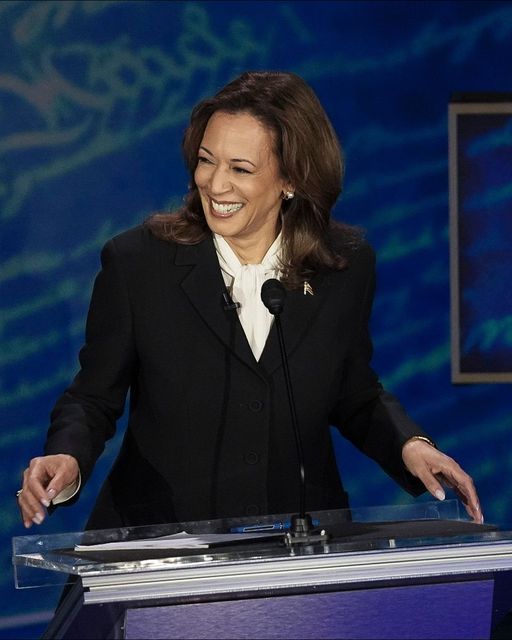In a fiercely contested presidential debate on Tuesday, September 10, Democratic Vice President Kamala Harris took on Republican Donald Trump across several critical issues, including abortion restrictions, his qualifications for office, and his ongoing legal challenges.
Drawing on her experience as a former prosecutor, Harris adeptly put Trump on the defensive, prompting him to respond with a series of misleading and inaccurate statements.
During the debate, Harris pointedly criticized Trump’s campaign rallies, suggesting that attendees often leave early due to “exhaustion and boredom.”
This remark seemed to hit a nerve with Trump, who has been visibly frustrated by the turnout at Harris’ own events.
In a bid to counter Harris’ critique, Trump made an unfounded claim about Haitian immigrants in Springfield, Ohio, supposedly “eating the pets” of local residents.
Harris dismissed this allegation with a laugh, describing it as “extreme.”
The debate touched on a range of topics, including immigration, foreign policy, and healthcare.
However, it was notably light on detailed policy proposals. Instead, the exchange highlighted Trump’s vulnerabilities and showcased Harris’ strategic approach to the debate.
Her forceful performance aimed to draw attention to Trump’s weaknesses, leaving her supporters feeling triumphant and some Republicans acknowledging the former president’s struggles.
With the election just eight weeks away and early voting set to commence in several states in the coming days, this debate being the only one scheduled offered both candidates a crucial platform to sway undecided voters.
The stakes were high, as the debate presented a significant opportunity for each candidate to make a memorable impression on a vast television audience, setting the stage for the final stretch of the campaign.
